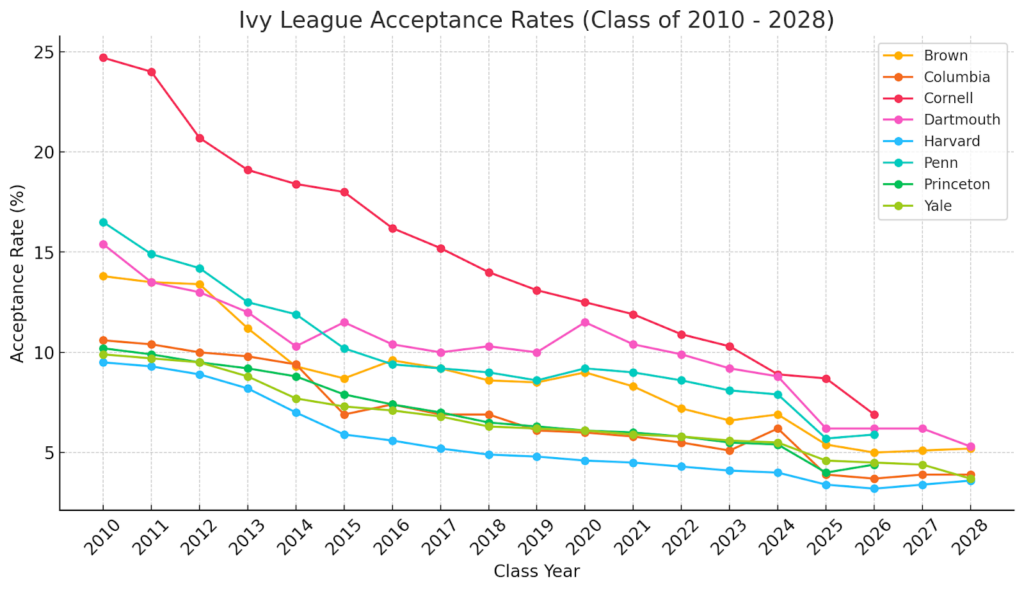Balancing how much to push students while ensuring they don’t become overwhelmed is a delicate task. A little anxiety before a big test can be beneficial—it shows us we care and motivates us to prepare. However, an abundance of anxiety can hinder learning rather than enhance it.
Despite growing awareness, test anxiety remains a significant issue. While classroom teaching evolves, test-taking methods largely stay the same, creating a disconnect. Modern learning emphasizes inquiry and personalized approaches, yet assessments continue to rely on standardized formats like multiple-choice and essays. This disparity often leaves students feeling unprepared, leading to the familiar complaint, “We never even learned this!”
Adding to the pressure, the college application process has gotten even more competitive. More students aspire to higher education, but available spots remain limited. Social media further amplifies “achievement pressure” stress, and can make students feel like they’re falling behind.

So, how can we support students in combating this anxiety? Here are some helpful strategies:
- Avoid Harmful Comparisons: Comments about “learning loss” or “falling behind” can be discouraging (this is especially prevalent in the post-Covid era). Focus on individual growth rather than past student groups.
*Check out how schools like NYU are shifting from remediation to acceleration. - Minimize Surprises: Provide clear expectations, test formats, and review opportunities. Pop quizzes should be used sparingly to maintain trust.
- Build Relationships: Ask students about their concerns and include families in the conversation (if you’re looking for a way to do this anonymously, we suggest a Padlet). Keep student strengths in the forefront of your teaching and remind students they all have the ability to achieve and grow.
- Teach Study Skills: Many students don’t instinctively know how to study. Guide them in developing schedules, use group study strategies, and take effective notes. Additionally, offer students the opportunity to practice in class by periodically offering low-stakes assessments.
- Encourage Self-Advocacy: Encourage students to seek extra help, schedule meetings for review, or connect with counselors if anxiety becomes overwhelming.
- Promote Mindfulness: No matter how much a student studies, they won’t perform their best if they’re not in the right headspace. Check out our guide for mindfulness techniques to help students stay focused and calm.
- Rethink your “no gum” policy: The NIH shows that chewing gum not only enhances attention but “promotes well-being and work performance.”
Coping skills that seem natural to adults are likely new for many students, and school is a great place to learn these lifelong skills for managing anxiety. By implementing these strategies, educators can transform test-taking from a source of anxiety into a more meaningful and manageable experience. For more information on test anxiety, check out our Teacher’s Guide to Managing Test Anxiety.
About the Author

Amy Szczepanski (she/her) is a Professional Learning Specialist at Teaching Channel. She holds a B.S. in both Biology and Environmental Science, a Master’s in Teaching, and has been teaching since 2014. Amy uses her experience to create highly engaging and effective content for both teachers and students. She loves all things STEM and is passionate about teacher advocacy.
Fun fact: Amy’s favorite hobby is taking long walks through New York City searching for delicious treats.


